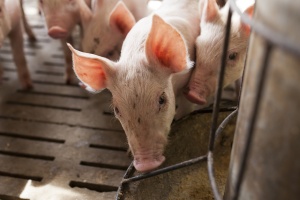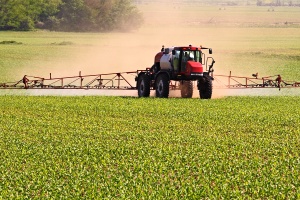Demystifying Milk Food Label Claims — Everything You Need To Know About Buying Milk
Within the dairy aisle, there are countless choices with various label claims. The good news is that all milk, as long as it is pasteurized, is wholesome, safe and nutritious. Any additional claims seen in the supermarket are a result of milk companies’ response to consumer requests.
Here’s what you need to know about those claims:
Antibiotic-Free
Milk and dairy products are among the most stringently regulated foods in this country. Just like humans, some cows need antibiotics when they get sick, but the milk from those cows is not allowed to enter the milk supply until the antibiotics have cleared their system. As an added measure, milk is tested for antibiotic residue multiple times before it enters our food system. Any milk that tests positive for antibiotics is immediately discarded and does not enter the retail milk supply. All milk is antibiotic free.
Hormone-Free
All milk, including organic, naturally contains a small amount of hormones. The U.S. Food and Drug Administration (FDA) has concluded there is no significant difference between the milk from cows that are supplemented with growth hormone (rbST) and milk from cows that are not treated with rbST.
Milk companies have responded to consumer requests for choices in the dairy aisle and now most milk found in the grocery store comes from cows not supplemented with rbST. These decisions were based solely on market demand as all pasteurized milk is wholesome, safe, and nutritious.
Organic
Strict government standards ensure that both conventionally produced and organic milk are equally safe and nutritious. The USDA and Academy of Nutrition and Dietetics agree – organic milk and regular milk contain the same unique package of nutrients. Plus, most consumers say there is little to no taste difference between organic milk vs. regular milk.
Have you noticed that organic milk has a later expiration date than regular milk? That’s because of the pasteurization process, not the farming method.
Raw
Pasteurization is a process that kills harmful bacteria that could be in raw milk by heating milk to a high temperature for 15-30 seconds and then is rapidly cooled. The Center for Disease Control warns that “raw milk and products made from raw milk can pose severe health risks.”
To ensure safety, all commercial milk products go through pasteurization and homogenization before arriving in the dairy case.
While dairy farmers work hard to ensure they provide safe, high-quality milk, consumers must do their part, too. This includes correctly decoding date labels and properly storing dairy products at home, both of which help reduce food waste.










0 Comments